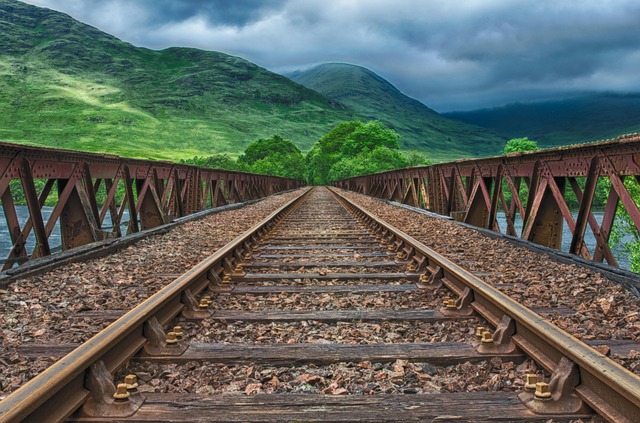Melting Moments: The Impact of Railway Damages on the Environment and Climate Change
As we traverse the intricate web of our planet’s ecosystems, it’s essential to consider the unnoticed yet profound impacts that our transportation systems have on the environment. Railway damages, often overlooked, play a subtle yet significant role in contributing to climate change. These incidents can lead to a ripple effect that extends far beyond the immediate vicinity, ultimately influencing the delicate balance of our natural world.
The Fragile Connection Between Railways and the Environment
Railways have long been a vital component of our transportation infrastructure, carrying goods and people across vast distances. However, when these railways suffer damages due to erosion, extreme weather events, or inadequate maintenance, the environmental consequences can be dire.
For instance, spills of harmful substances from freight trains can taint local water supply, wreaking havoc on aquatic life and the communities that depend on these resources. Moreover, damaged railways often require extensive repair efforts, which can lead to habitat destruction and increased carbon emissions. The irony is unsettling; in our quest to maintain and operate these lines, we may inadvertently contribute to the very climate change we are trying to mitigate.
Climate Change and Railways: A Dangerous Dance
The effects of climate change are becoming increasingly evident, manifesting in more frequent and severe weather events. Rising temperatures can lead to track buckling and other infrastructure failures, creating a cyclical problem. Each railway damage incident not only disrupts travel and commerce but also contributes to the greenhouse gas emissions that accelerate climate change.
This is a melting moment for our planet—a time when a single incident can cascade into larger environmental consequences. As railways are forced to navigate these climatic extremes, their resilience and our reliance on them put us at a crossroads. Do we continue to prioritize speed and efficiency, or do we invest in sustainable practices and technologies that protect both our rail systems and the environment?
Community and Individual Action
As individuals, we often feel powerless in the face of such monumental challenges. However, recognizing how railway damages impact our environment empowers us to take action. Advocating for sustainable transport policies, supporting initiatives that promote railway maintenance, and pushing for greener technologies are vital steps we can take.
Communities can also rally together to push for more stringent regulations on railroad companies, ensuring they prioritize environmental safety in their operations. Every voice counts, and together we can influence policy changes that protect our precious ecosystems.
Embracing a Sustainable Future
The connection between railway damages, the environment, and climate change is a complex web that requires our attention. As we move forward, we must consider each melting moment—each moment of opportunity to reshape our transportation systems for a cleaner, greener future. The path to sustainability relies on collective awareness and action, challenging us to rethink our relationship with the railways we take for granted and the world we inhabit.



